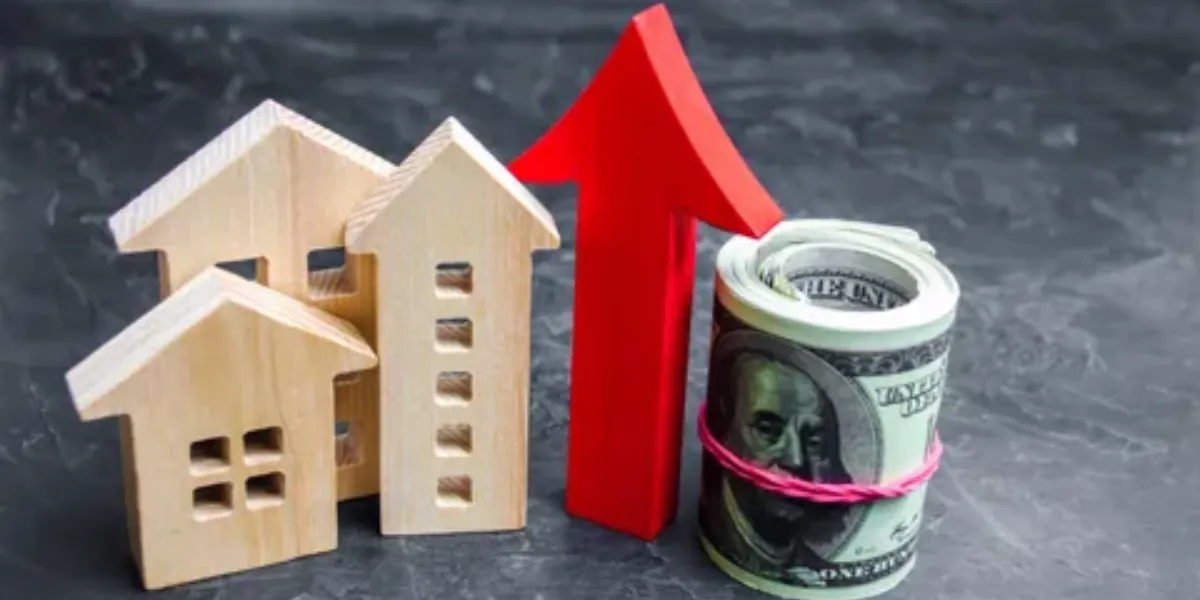Navigating the Challenges of Soaring Home Prices: A Comprehensive Guide to Affordability

In recent years, the real estate market has witnessed an unprecedented surge in home prices, reaching all-time highs across many regions. While this may signal a robust economy and strong demand for housing, it also raises concerns about affordability, particularly for first-time homebuyers and low- to moderate-income families. In this article, we delve deep into the factors driving this trend, its implications for prospective buyers, and strategies for navigating the challenges posed by soaring home prices.
Understanding the Current State of Home Prices
The housing market has experienced a remarkable boom in recent times, with median home prices soaring to levels never seen before. This surge has been fueled by a combination of factors, including low inventory, high demand, and historically low mortgage rates. As a result, many potential buyers are finding themselves priced out of the market, leading to concerns about the long-term sustainability of this trend.
Factors Contributing to the Surge in Home Prices

Several factors have converged to drive home prices to record highs. One of the primary drivers is the imbalance between supply and demand. With inventory levels at historic lows, buyers are competing fiercely for available properties, driving up prices in the process. Additionally, low mortgage rates have made homeownership more affordable for many, further increasing demand and putting upward pressure on prices.
Impact of Low Inventory on Home Prices
The scarcity of available homes for sale has had a significant impact on home prices, particularly in hot markets where demand far outstrips supply. This imbalance has created a highly competitive environment, with bidding wars becoming increasingly common. As a result, sellers are often able to command prices well above asking, further exacerbating affordability concerns for buyers.
Regional Disparities in Home Price Increases

While home prices have risen across the board, the extent of the increase varies significantly by region. In some areas, particularly major metropolitan areas and desirable coastal cities, prices have skyrocketed, making homeownership increasingly unattainable for many. On the other hand, some regions have seen more moderate price increases, offering relatively more affordable options for buyers.
Challenges Faced by First-Time Homebuyers
The current state of the housing market presents significant challenges for first-time homebuyers, who often have limited financial resources and face stiff competition from more experienced buyers. Affordability is a major concern, as many young families struggle to save enough for a down payment while contending with rising prices and fierce competition for available properties.
Government Policies and Their Effect on Home Affordability

Government policies play a crucial role in shaping the housing market and influencing affordability. Measures such as zoning regulations, tax incentives, and subsidies can have a significant impact on home prices and accessibility. Policymakers face the challenge of balancing the need to stimulate housing demand with the imperative of ensuring affordability for all segments of society.
Alternatives to Traditional Homeownership
In light of soaring home prices, some prospective buyers are exploring alternative paths to homeownership. Options such as rent-to-own agreements, cooperative housing, and shared equity arrangements offer creative solutions for those unable to afford a traditional home purchase. These alternative models provide opportunities for individuals and families to build equity and stability without bearing the full burden of homeownership costs.
Strategies for Affording a Home in a High-Price Market

Despite the challenges posed by soaring home prices, there are strategies that prospective buyers can employ to improve their chances of homeownership. These include saving aggressively for a down payment, improving credit scores, exploring assistance programs, and considering alternative financing options such as FHA loans and USDA loans. Additionally, buyers may need to adjust their expectations and consider purchasing smaller homes or exploring up-and-coming neighborhoods to find more affordable options.
The Role of Interest Rates in Home Affordability
Mortgage interest rates play a significant role in determining the affordability of homeownership. While low rates can make purchasing a home more accessible by reducing monthly payments, they also contribute to higher home prices by stimulating demand. As the Federal Reserve adjusts monetary policy in response to economic conditions, changes in interest rates can have a profound impact on the housing market and affordability for buyers.
Long-Term Trends in Home Prices

While home prices have risen steeply in recent years, it is essential to consider long-term trends when evaluating affordability. Historically, real estate has proven to be a sound investment, with home values appreciating over time. However, past performance is not necessarily indicative of future results, and buyers should exercise caution when entering the market at peak prices.
Addressing the Equity Gap in Homeownership
Achieving equitable access to homeownership remains a significant challenge, particularly for marginalized communities that have historically been underserved by the housing market. Closing the equity gap requires targeted interventions, including affordable housing initiatives, down payment assistance programs, and efforts to combat discriminatory lending practices. By expanding access to homeownership, we can create more inclusive and resilient communities.
Economic Implications of High Home Prices

The soaring cost of homeownership has broader economic implications, affecting consumer spending, wealth accumulation, and overall economic stability. High home prices can exacerbate income inequality, as those unable to afford homeownership miss out on the opportunity to build wealth through property ownership. Additionally, inflated housing costs can strain household budgets, leading to decreased discretionary spending and reduced economic mobility.
Future Outlook for Home Affordability
As we look to the future, the outlook for home affordability remains uncertain. While some experts predict a gradual cooling of the housing market as inventory levels increase and interest rates rise, others warn that persistent supply shortages and demographic trends could continue to drive prices higher. Ultimately, addressing the affordability crisis will require a multifaceted approach involving government intervention, private sector innovation, and community engagement.
In the current state of soaring home prices presents significant challenges for prospective buyers, particularly first-time homebuyers and low- to moderate-income families. While there are no easy solutions to the affordability crisis, proactive measures such as alternative homeownership models, policy interventions, and individual financial planning can help mitigate the impact of high home prices and create pathways to sustainable homeownership for all. By working together to address the root causes of the affordability crisis, we can ensure that the dream of homeownership remains within reach for future generations.
Click here for more visited Posts!





